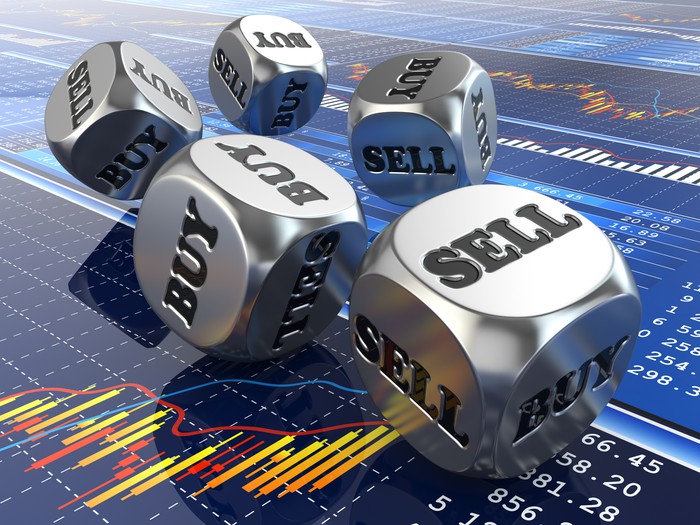Anheuser-Busch InBev (BUD +1.92%) CEO Carlos Alves de Brito gave some key insights into the beer giant's competitive strategy during its second-quarter earnings call. Here are the key takeaways for long-term investors.
The World Cup was a big hit
Budweiser's global sponsorship as the official beer of the FIFA World Cup was the biggest campaign our company has ever done. We activated in more than 40% of our global parks in over 50 countries. This translated into sales, as our revenue for Budweiser outside of the U.S. was up by more than 10%. We're also successful in building brand awareness in many of our new markets, where Budweiser has only recently been introduced, and are using this awareness to propel the brand toward future growth.
The FIFA World Cup is the world's largest sporting event, with a total viewership of more than 3.2 billion people. AB InBev was able to leverage its global sponsorship of the World Cup into 1.2 billion views of its online marketing content, in addition to its advertisements in sporting venues around the world. In turn, AB InBev said Budweiser became the most talked-about brand across all industries during the event, fueling double-digit growth in the beer's international sales in the second quarter. AB InBev also used its sponsorship to build brand awareness for more than 40 of its local brands, which should help drive further sales growth in the quarters ahead.
Although Budweiser sales have flatlined in the U.S., other AB InBev brands are gaining share
[W]hat's happening and working best in the U.S. is that we're playing a portfolio game, not a Bud and Bud Light game. I think that's important to say. So, there's a lot to be said about Michelob Ultra, which tends to be the biggest share gain in the U.S.
While sales of Budweiser and Bud Light have stagnated in the U.S. in recent years, other AB InBev brands are rapidly gaining market share. Michelob Ultra -- a low-calorie light beer -- was the top share gainer in the U.S. market among all beer brands in Q2, marking the 13th consecutive quarter that it's paced the industry in this regard. Michelob Ultra also tends to command higher prices than Bud Light, making it a key part of AB InBev's "premiumization" initiative, in which the company is more aggressively promoting its higher-priced -- and higher-margin -- brands. This strategy helped drive revenue per hectoliter higher by 4.5% in the second quarter. In turn, organic revenue rose 4.7%, even though volume rose less than 1%.

Anheuser-Busch InBev's portfolio-based competitive strategy is helping it win back market share in the U.S. Image source: Getty Images.
New products are performing well
We also saw very good contributions from our recent innovations, especially Michelob Ultra Pure Gold, Bud Light Orange, and Budweiser Freedom Reserve.
New varieties of AB InBev's core brands are proving popular among beer drinkers. This is helping revive interest in sagging brands such as Budweiser and Bud Light, and further boosting gains in rising brands like Michelob Ultra.
To help infuse even more innovation throughout the organization, Anheuser-Busch InBev is placing its marketing team and ZX Ventures -- its venture capital arm charged with developing new products -- under common leadership. The company believes this will make it better able to adapt to changing consumer preferences and capitalize on new growth opportunities.
Cost reductions are boosting profit margin
Our global EBITDA increased by 7% with a margin expansion of 85 basis points to 39.7%. This was driven by healthy top-line growth, cost efficiencies, and synergy capture, partially offset by increased margin spend to leverage our global sponsorship of the FIFA World Cup.
Anheuser-Busch InBev is becoming more profitable as its integration of SABMiller progresses. The combined company captured another $199 million in cost synergies in the second quarter, for a total of nearly $2.5 billion since the merger in 2016. Looking ahead, AB InBev expects to achieve an additional $700 million in cost savings by October 2020. And as the beer colossus continues to reduce its operational cost structure, its profit margin is likely to improve further in the coming years.



